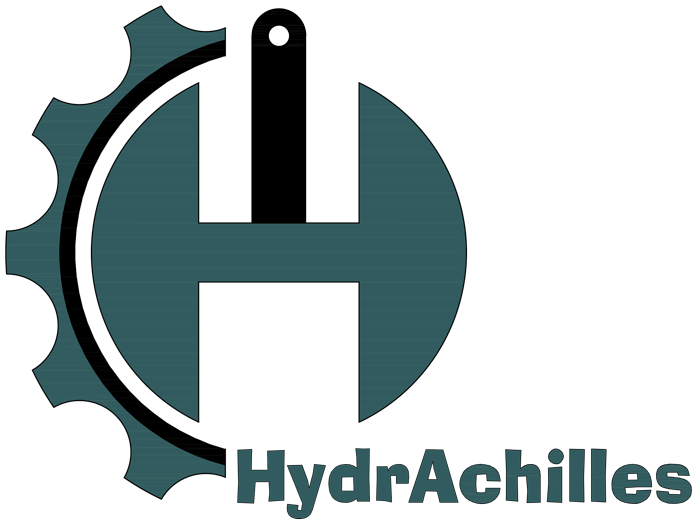In engineering, the last few decades have seen phenomenal developments related to damper technologies that have totally changed the way in which buildings and other infrastructure resist dynamic forces caused by wind, seismic activity, or even traffic-induced vibrations. Probably one of the most burning areas of development relates to smart dampers, where innovation continues to drive their development toward brilliant systems capable of adaptation. Future growth and innovation in viscous dampers for the stability and resiliency of large structural systems around the world depend intensely on intelligent dampers. This evolution from the traditionally purely mechanical mechanism pushes the limits even further: its character changes from purely passive dampers to responsive and adapting components in real-time.
How Smart Dampers Revolutionize Structural Safety
- Smart dampers would be designed to change their damping capability depending on conditions they would come across, therefore offering a dynamic response to various forces. Such an ability makes them particularly useful and of special worth in areas that are prone to unpredictable environmental stresses. How these new kinds of dampers improve structural safety is shown here:
- Adaptive Damping: Adaptive damping refers to smart dampers changing their resistance levels in response to forces-for example, from changing seismic waves. It comes with the added advantage, therefore, that such flexibility will definitely have to ensure the structure absorbs the forces optimally and is resilient.
- Real-Time Data Monitoring: Most smart dampers have fitted sensors that measure vibrational data. This kind of data informs the decisions of the engineers on maintenance issues and allows real-time adjustments in damping.
- Remote Control and Adjustability: Some advanced smart dampers can be remotely adjusted, allowing engineers to optimize damping without physical modifications to the structure. This feature is particularly useful for high-rise buildings and bridges, where accessibility may be limited.
Key Innovations in Viscous Damper Technology
Viscous damper technology has come a long way, and recent innovations are setting new standards in performance and adaptability. Each of these developments is aimed at creating a more responsive and efficient system, tailored to modern structural demands.
- Self-Healing Materials: Some of the latest viscous dampers are made from self-healing materials, which allow the damper to repair minor damages automatically. This innovation significantly extends the damper’s lifespan and reduces maintenance requirements.
- Energy Harvesting Capabilities: Certain smart dampers are now equipped with mechanisms to harvest energy from vibrations. This captured energy can be used to power sensors within the damper or other components in the building, contributing to the structure’s overall energy efficiency.
- Integration with IoT Systems: Smart dampers are now being integrated with Internet of Things (IoT) systems, enabling them to connect with other devices in the building. This connectivity facilitates a more comprehensive approach to building safety and management, where dampers communicate with HVAC systems, security systems, and more.
These innovations demonstrate The future of smart dampers: Innovations in viscous damper technology, showing how advanced materials, energy efficiency, and connectivity are reshaping the potential of damper systems.
Conclusion
It follows that future smart dampers are considered the revolution in viscous damper technology, changing the face of contemporary engineering. Starting from adaptive damping and energy harvesting, integrations with IoT act as efficient, even safer and more sustainable solutions against dynamic forces acting on buildings and infrastructure. Smart dampers are opening doors toward a future wherein buildings can intelligently react to ambient changes around them through adapting for protection of the occupants and integrity of the building.
To the engineers, the architects, and the city planners, smart dampers are resiliency investments. The road to higher urban densities-essentially a more hostile environment-will find so-called intelligent damping systems an integral part of the components at play in keeping our structures in safe condition. Be it for a new building design or retrofitting of an existing one, their use will aid in improving structure durability and responsiveness.
FAQs
- How do smart dampers differ from traditional dampers?
Smart dampers can adapt to changing conditions, providing a dynamic response to forces, unlike traditional dampers, which have fixed resistance levels. - Are smart dampers more expensive to install?
While they have a higher upfront cost, the long-term savings in maintenance and increased resilience can offset these initial expenses. - Can smart dampers be used in existing buildings?
Yes, smart dampers can be retrofitted into many structures, making them suitable for upgrades in older buildings or bridges. - Do smart dampers require frequent maintenance?
Generally, smart dampers require less maintenance due to self-healing materials and automated monitoring systems, reducing the need for frequent inspections. - What is the main benefit of IoT integration in smart dampers?
IoT integration allows smart dampers to work in coordination with other building systems, providing a comprehensive approach to structural safety and management.



Leave A Comment